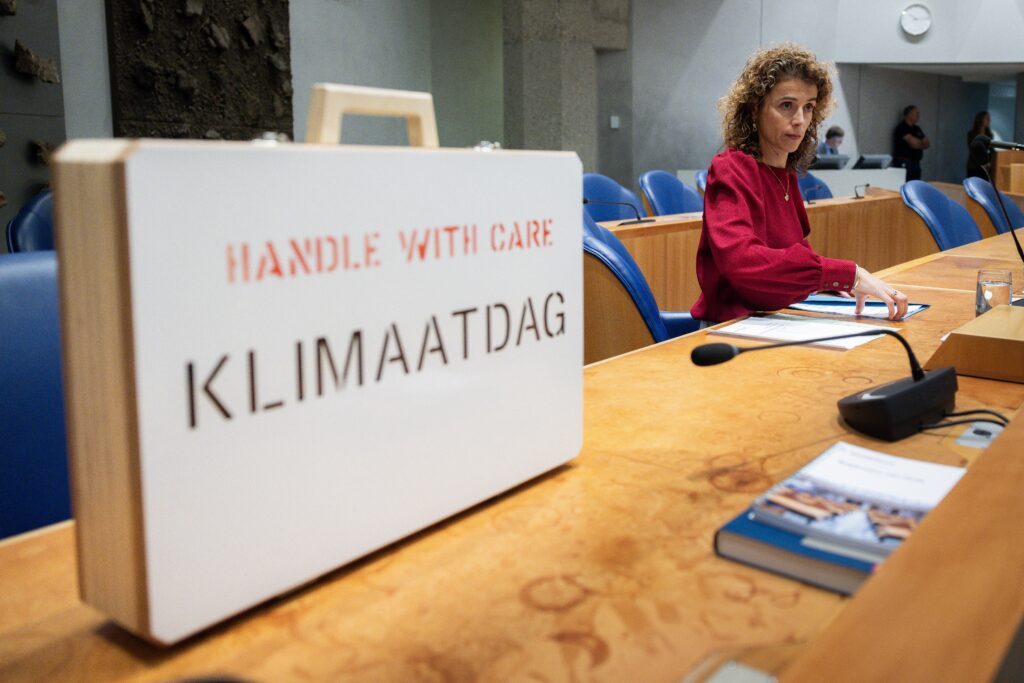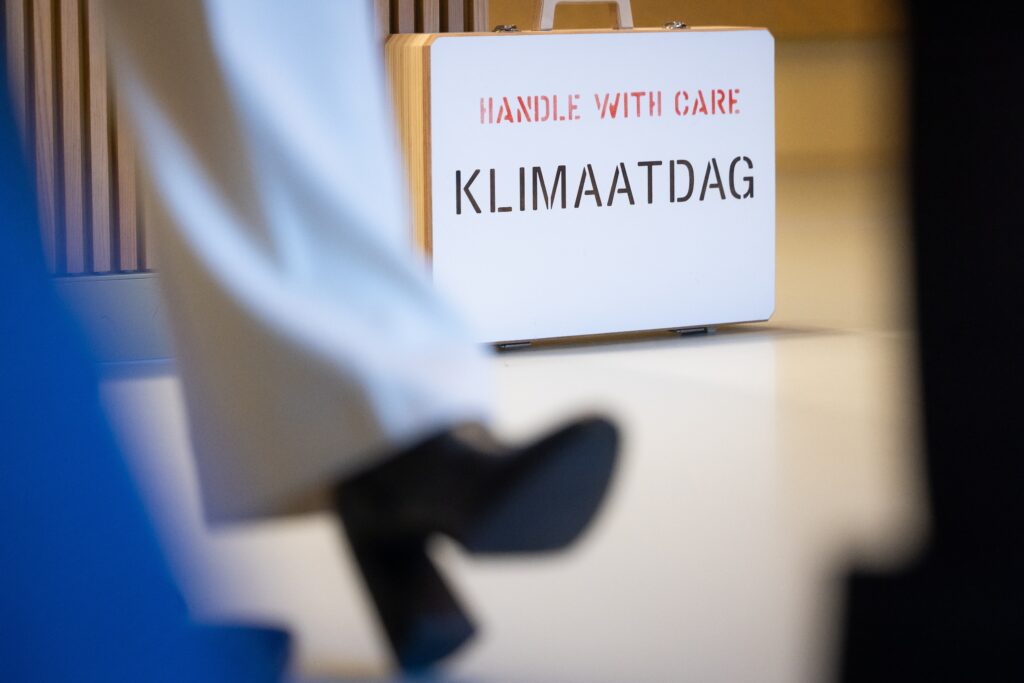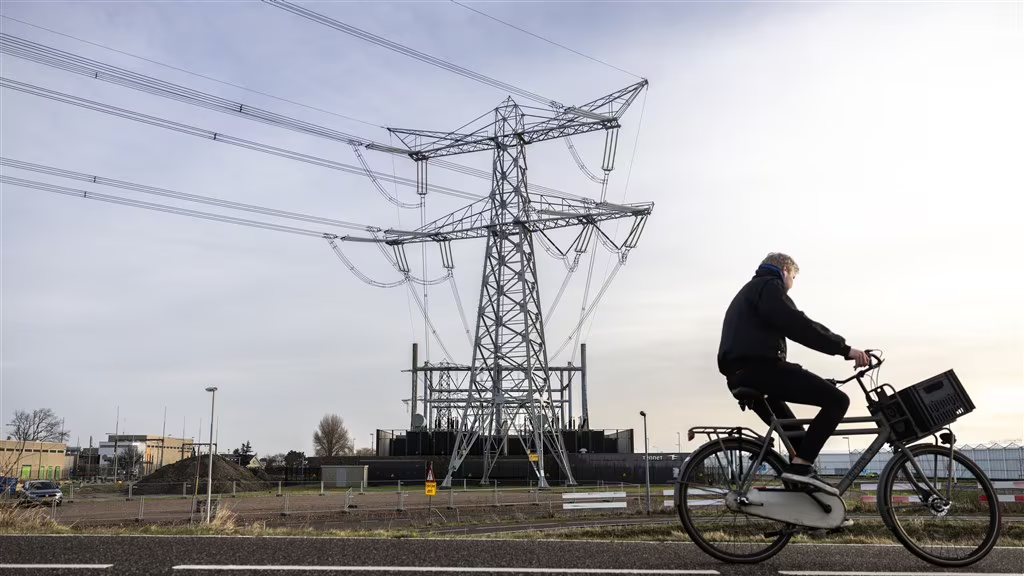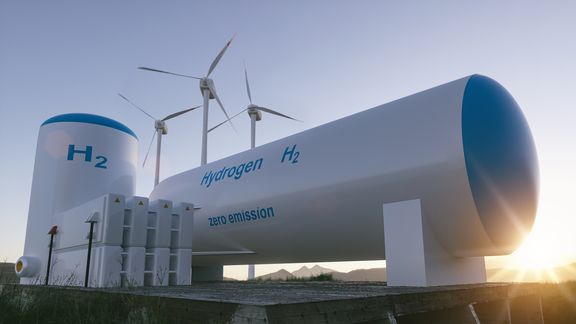The European obligation from the Renewable Energy Directive (REDIII) states that at least 42 percent of hydrogen use in industry must be green by 2030. Green hydrogen is produced from renewable electricity. In the short term, this green hydrogen is more expensive than grey hydrogen produced from natural gas.
Research by CE-Delft and TNO on behalf of Energie-Nederland, among others, shows that the European purchase obligation for green hydrogen is only feasible with sufficient national policy. Support for the hydrogen market in the form of subsidies, standards and pricing is necessary. Without rapid development of hydrogen, the energy transition will come to a standstill.
The obligation to use green hydrogen in industry cannot simply be imposed on current hydrogen users. This would lead to such a high increase in costs that companies would leave the Netherlands or import hydrogen carriers (which are not covered by the obligation). That is why in the coming years, at least the resources reserved in the Climate Fund (€7 billion for national production and import) must be used to reduce the unprofitable top of green hydrogen compared to grey hydrogen. Energie-Nederland calls on the House of Representatives and the yet to be formed cabinet to maintain this reservation.
In the long term, hydrogen is an indispensable link in making production processes that are not easy to electrify more sustainable. If the production of green hydrogen lags behind, fewer wind turbines can be built at sea. It is not possible to feed all wind electricity into the national electricity network, because there is no capacity for this in the network. Some form of conversion of electricity into molecules in the form of hydrogen is necessary
In addition to green hydrogen, blue hydrogen also has an important role. This is hydrogen made from residual gases or natural gas where the CO2 is captured and stored. Energie-Nederland is also investigating how these projects can get off the ground better and go well with the ambitions for green hydrogen.






